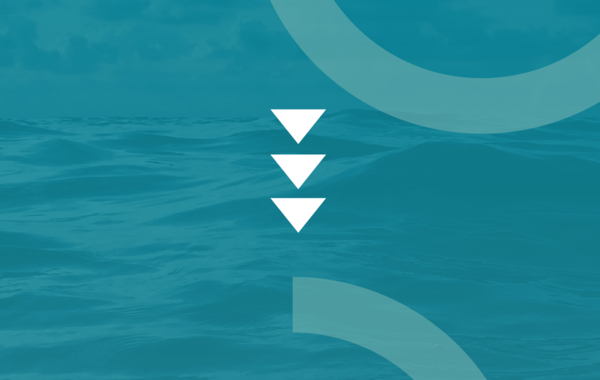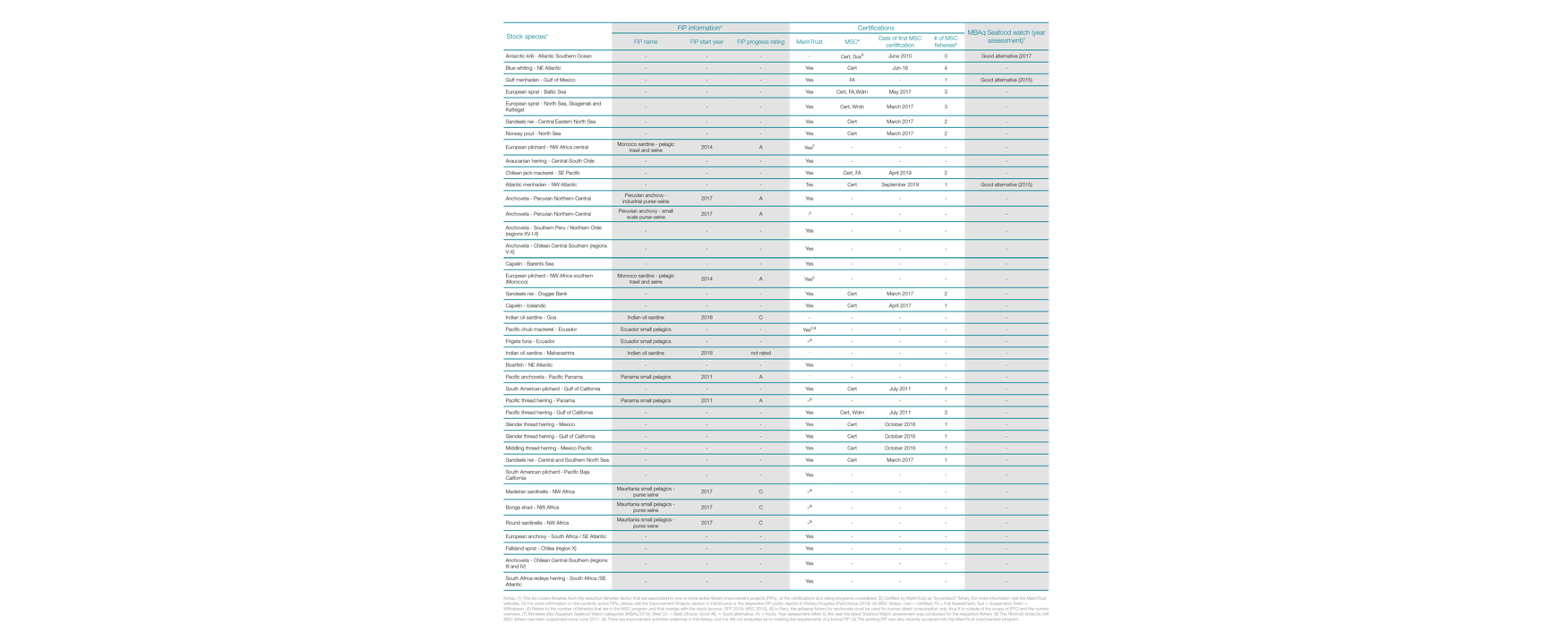The small pelagic fish species caught for this purpose are commonly known as ‘forage fish’, and are often small, short-lived species like sardine, anchovy and herring that occupy a low trophic level (LTL) in the marine ecosystem. Due to their specific population biology and dynamics, these species are frequently resilient to fishing pressure if catch is well managed, but overfishing is always a possibility without effective controls.
In some regions these species are important for direct human consumption. Through our sustainability programme, we strive to ensure that marine feed ingredients come from sustainable sources in the short- and long-term. We actively work to align industry incentives to support processes that will lead to improved fisheries management.
In addition to the use of wild-caught fish, the processing of fish for human consumption gives rise to by-product that is not used in the final seafood product. These offcuts generated after processing are valuable as a raw material from which fishmeal and fish oil is often produced, and it is estimated that roughly a third of fishmeal produced is made from seafood by-product from fish for human consumption.



